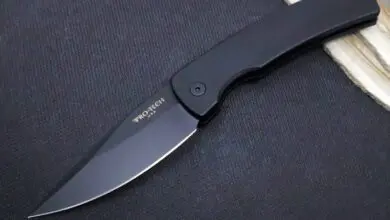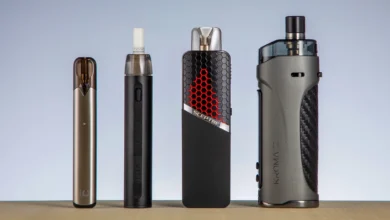Millions of Americans Are Building Guns. Here’s How – 2024 Guide

Viruses, unemployment, economic strife, a contested election, rioting, civil unrest, and political scandals: Whatever the reasons—probably all of them—Americans are stocking up on guns in 2024 like never before. While attention has turned to, well, all those other problems, the topic of gun rights in America is certain to reach a new tempo as the political compass comes swinging back around.
With looming gun battles already being discussed in this political shakeup, the shelves at gun stores and the sporting goods aisles have all but dried up. More and more Americans are turning to building, not buying, new guns.
It’s perfectly legal to make a gun
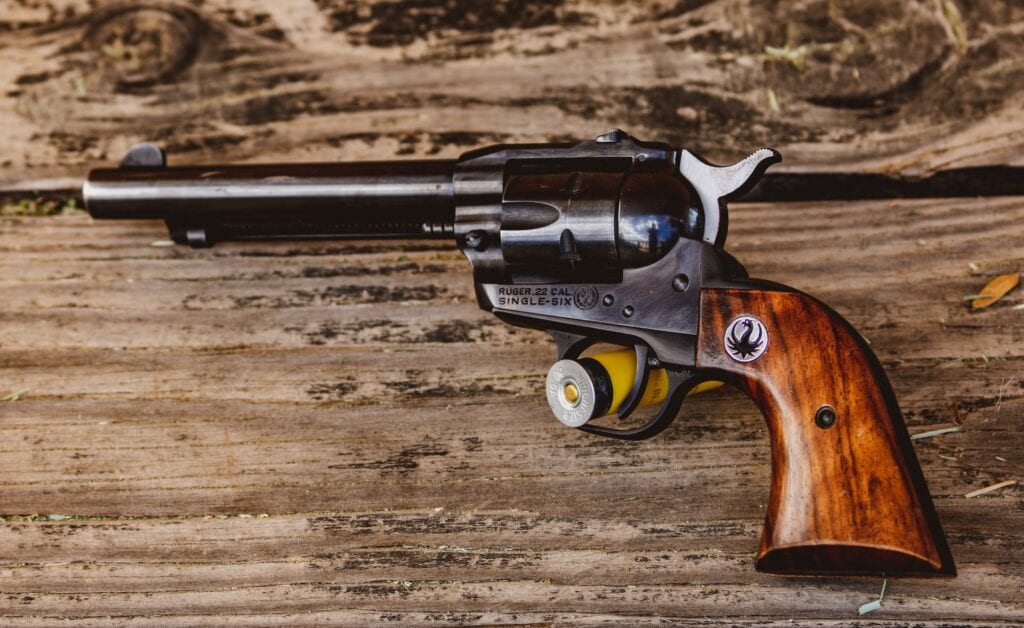
States like California and New York have banned the parts you’d need (primarily something called an 80% lower, more on that) to buy to build a firearm from scratch. What’s little known, though, is that most other states have no restrictions whatsoever. That means you can become a gun owner without having to visit a gun store or licensed dealer. Online purchases of gun parts play out the same way: Buying the stuff you need to fabricate a gun is perfectly legal. It’s no different than ordering any other product you’d find online.
The Bureau of Alcohol, Tobacco, and Firearms spells out a few regulations you have to follow to keep on the right side of the law: “The law prohibits a person from assembling a non–sporting semiautomatic rifle or shotgun from 10 or more imported parts, as well as firearms that cannot be detected by metal detectors or x–ray machines. In addition, the making of an NFA firearm requires a tax payment and advance approval by ATF.”
It should also go without saying that you can’t build a gun if you’re otherwise legally not allowed to own one. Whether bought or built, illegal firearm possession is still, well, illegal. Don’t do it, or you could land in federal prison.
Buying a gun is (normally) cheaper
So, if you can’t build a machinegun and if it’s easier to just go to a sporting goods store and pick out a new rifle or handgun that you know works, why bother? There are plenty of reasons Americans are building instead of buying: Availability and cost. All the muck n’ mire of 2024 has caused millions of Americans to begin “prepping,” stocking up on food, water, and yes, plenty of guns and ammo. This has gotten so bad that gun stores’ shelves across the country are empty. What few firearms remain are exorbitantly priced or simply not wanted.
That (and the global virus) has left many gun-loving Americans barred in their homes with the internet, online shopping, and a little creativity. Naturally, a new firearms market has exploded as a result: The amateur gunsmithing game.
So, how do you build a gun from scratch?
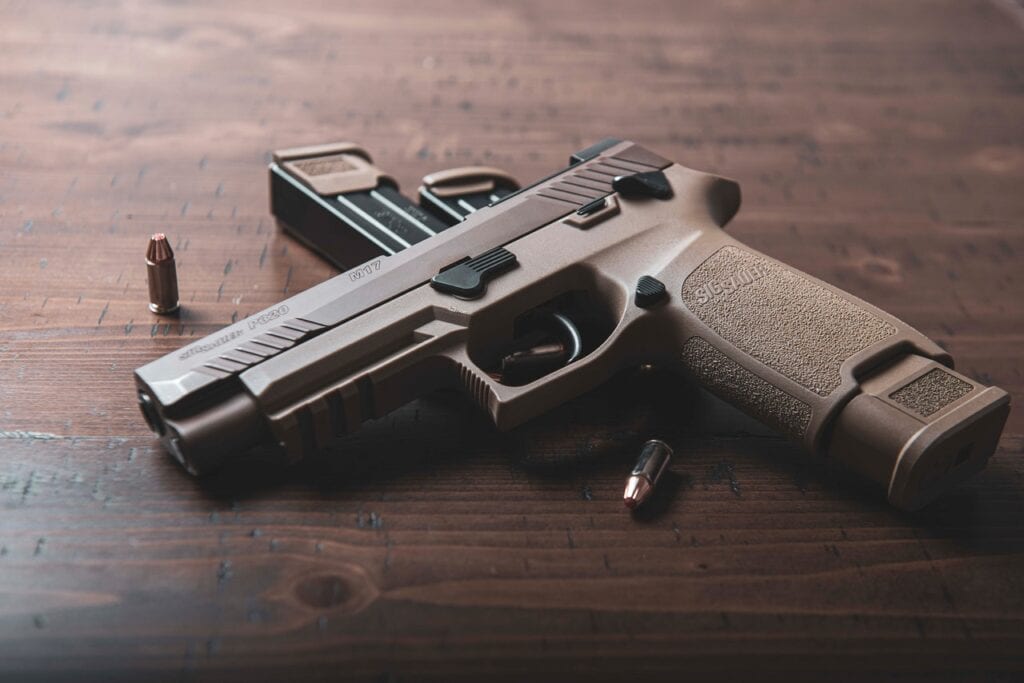
Knowing the process is perfectly legal in most states, the only things stopping you from fabricating a bona fide firearm at home are materials, cost, and equipment. Gun manufacturers operate massive facilities with automated equipment, industrial CNC machines and lathes, and assembly lines. You’re a private individual who might have a few power tools. How do you bridge the gap?
Remember that thing we mentioned earlier, an 80% lower? These units are recognized by the ATF as receiver blanks. A receiver blank is a nonfunctional firearm frame or receiver that hasn’t yet met the definition of being a firearm. It can’t fire a bullet and it can’t be easily made to do so. You, the amateur gunsmith fabricating a firearm, get to do all that. You can check out all the options here, at the aptly named 80-Lower.com.
These receiver blanks were made popular first by the AR-15, a gun now bought and sold as one of the most popular firearms in America. It’s also the long gun most Americans want in 2024, and it’s gotten harder (and more expensive) to come by. That leaves the build route as an affordable alternative. Today, with the market having grown through surging demand, various receiver blanks and 80% lowers are available for other rifles and calibers, and even popular handguns like the Glock series and 1911.
The tools for the job
You don’t need a full manufacturing facility to tackle this project. The finished firearm you produce yourself will look, feel, and function just like a retail equivalent long gun or handgun that was made by a big brand name or gunsmith. But you need one particularly important toolset that helps you fabricate, and it’s called a jig.
The jig replaces all that big, expensive industrial equipment manufacturers use. It’s a purpose-built, semi-autonomous machine that automatically drills and cuts your firearm’s receiver or frame. All you need to do is control the tooling – usually, you’ll need only a drill press and a small vise to secure the work in place while you cut and drill. The jig provides instructions for all steps, and it includes the drill bits and end mill bits you need.
Rifle vs. handgun builds
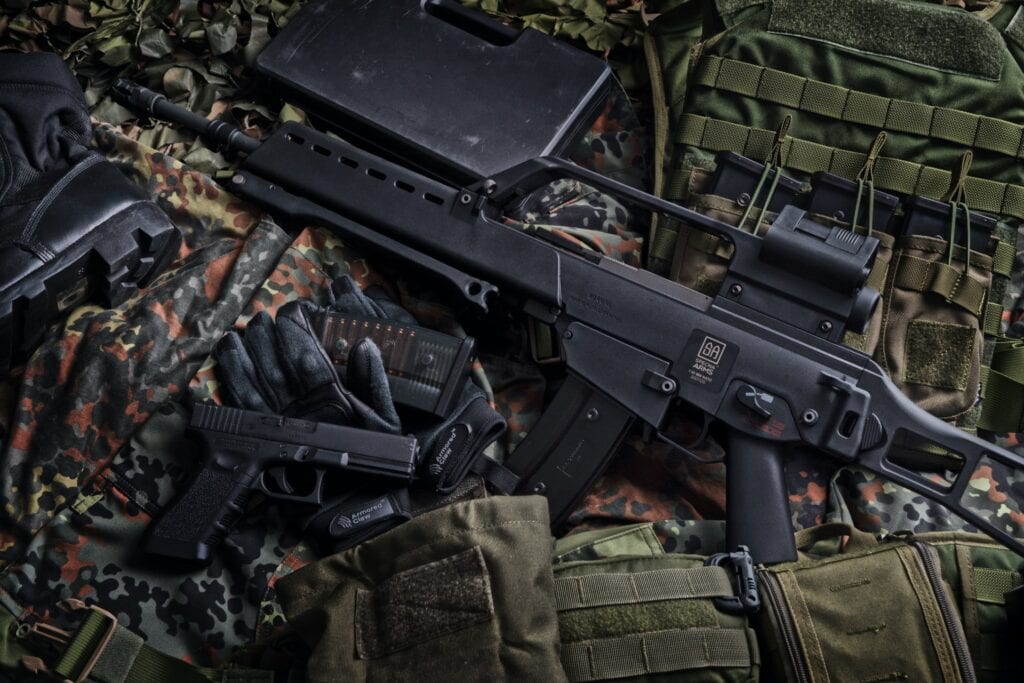
As far as difficulty and costs are concerned, the AR-15 and various handgun 80% receivers are closely matched. 80% handgun frames are easier to fabricate – you often only need a hand drill and handheld cutter. They require less physical work, too, so the entire project itself requires less time. Frames are more expensive than 80% lowers, so if you make a mistake, it’ll be more costly to get a replacement. With that said, ease of machining (and very easy-to-follow instructions) make this a small concern, if at all.
So, which is the easiest to build? Glock’s series of handguns are affordable, and their parts come from hundreds of makers, usually at low prices. The polymer construction of the Glock frame makes its 80% equivalent the easiest to fabricate. The 1911 is a popular handgun but its 80% market boasts a smaller selection with fewer manufacturers. The 1911 also uses a metal frame, so fabrication and completing your build may be more costly and time-consuming.
Overall, fabricating a handgun is easier than building an AR-15 or other rifle using an 80% lower. The laws in your state may be less forgiving toward handguns, though. Be sure to confirm your local and state laws do not have restrictions against 80% firearm builds nor specific handgun models or ownership in general. Some handguns are illegal by design. Although a homemade firearm may not be stamped with a particular brand or make, it could fit that same definition once you build it (illegal).
The future of guns in America
With an election that seems all but certain to place Joe Biden in the White House, the future of guns in America seems uncertain. His campaign has certainly spelled out a gun control plan, but one things for certain: In the muck of 2024, millions are turning to the Second Amendment as a hobby.


